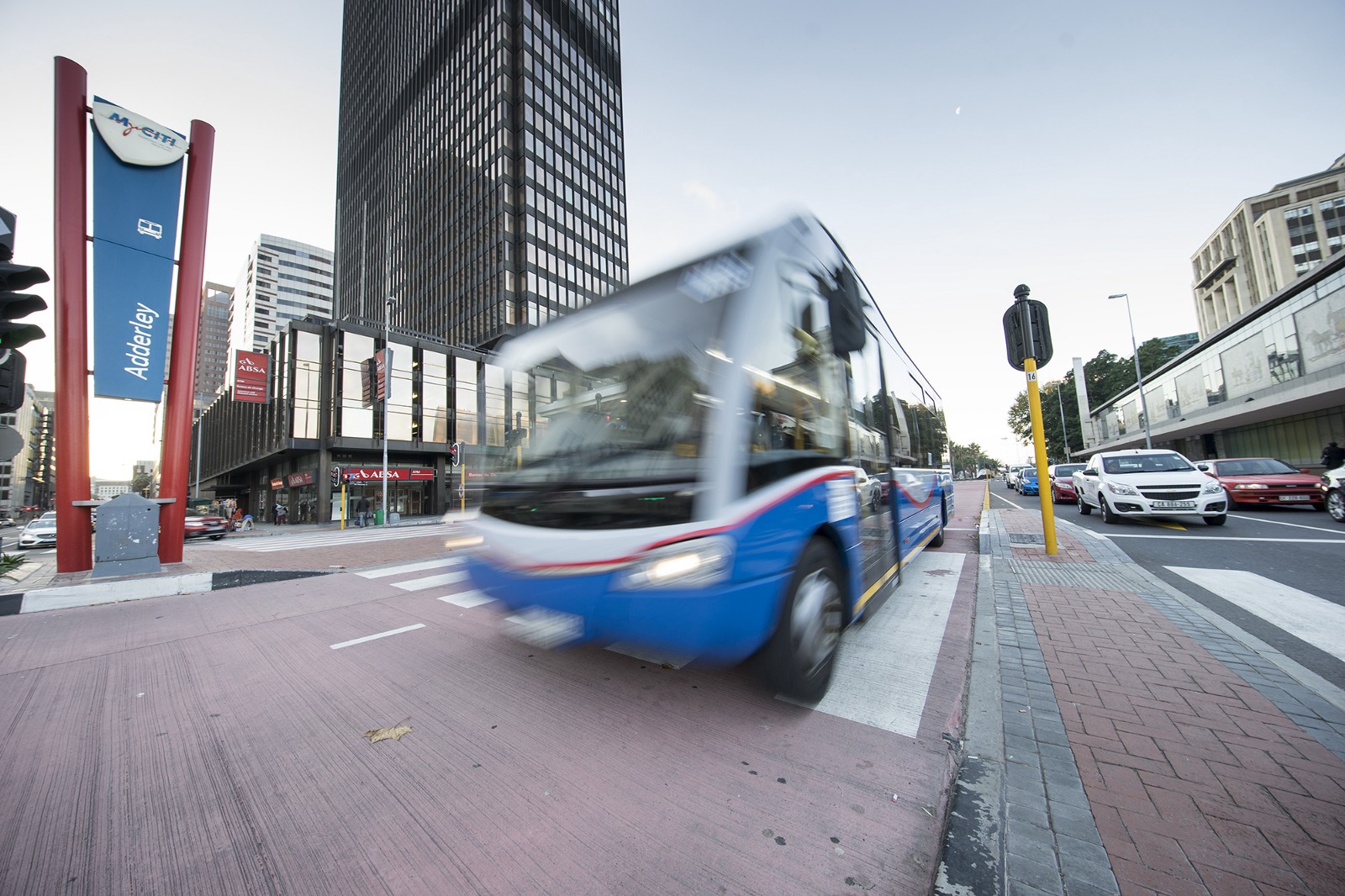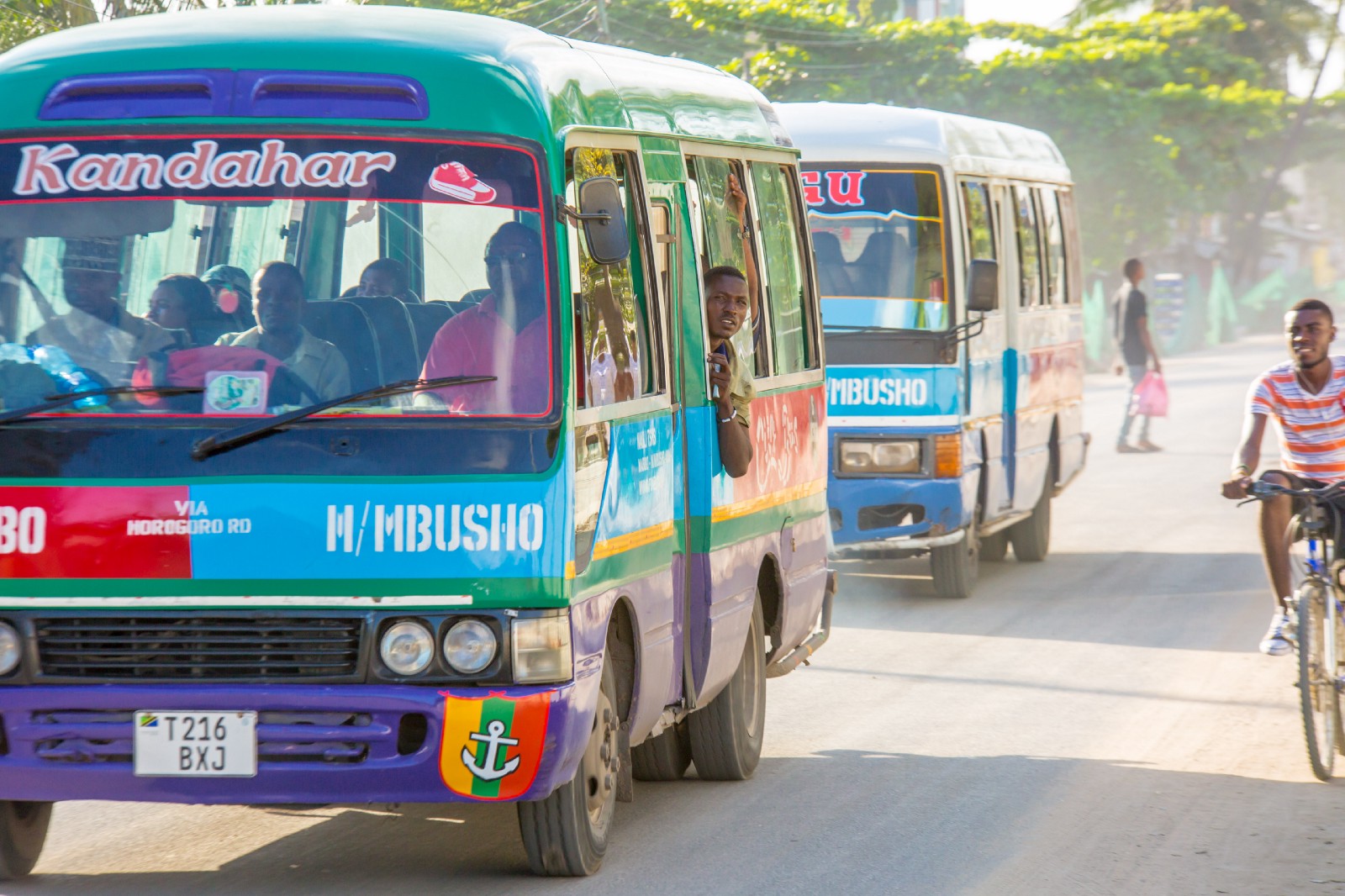
Bus Rapid Transit (BRT) has become a popular way to solve congestion and transport infrastructure problems in emerging cities. These cities generally have constrained budgets and limited time to solve complicated public transport problems — this is where the BRT comes in. A BRT is a high-quality, low-cost bus-based alternative to metros, with segregated rights of way (dedicated bus lanes) preferential treatment at intersections, closed stations and preboarding ticketing; all of which help BRTs emulate the amenities and convenience of modern metros.
The concept was first introduced in Curitiba, Brazil in the 1970s but the success of Transmilenio in Bogota in 2000 made the potential and appeal of BRTs apparent as a best possible solution for emerging cities. A BRT, can be constructed at a vastly lower cost and in a much shorter time frame than a metro. In addition, a BRT can integrate easily with feeder buses via ‘direct service’, eliminating transfers common to fixed rail systems.
More than 156 cities on six continents have chosen to build BRT systems, most of these in the developing world. We specialise in optimising public transport in emerging markets, so we’re especially interested — and well positioned — to ask: do BRTs live up to the hype? Have the BRT systems in these cities mitigated the transit problems they were designed to solve? And if not, why not?

Decades in the making
Public transport challenges in emerging cities were not created overnight. They are the result of decades of economic and political decisions made during the rise of neoliberalism in postcolonial countries. Neoliberalism led to social-spatial segregation and a shift to market-based economies that led to the dismantling of public welfare programs. Public transport was privatised, and as cars rose as a social and economic status symbol, governments made less investment in public transport. Public transport services slowly deteriorated, driving people away. Entrepreneurs began to fill the gaps by putting privately-run, unregulated bus services on the roads. Informal public transport services — minibus taxis, dala dalas, tuk tuks, shared auto-rickshaws, peseros, colectivos etc — became the only mode of public transport accessible to lower-income populations living on the outskirts of the city. These networks expanded to meet demand — tens of thousands of vehicles serving millions of people in the largest of these cities — resulting in many of the transit challenges that emerging cities face today.
Mapping the invisible
Today, 92% of largest low- and middle-income cities do not have complete transit maps (Krambeck, World Bank 2015), and in the majority of these cities, informal services account for up to 80% of public transport ridership. Until recently, these informal networks were effectively invisible; governments had little or no information on operations — routes, frequencies, fares, etc.
We have now collected more data on informal public transport in emerging markets than any other organisation, and are working with cities and mobility service providers to reveal the extent of the challenge and reality that has been invisible to them until now.

These invisible informal public transport networks are part of the reason why new BRTs, and also new metro systems, in emerging cities are not always successful.
“The moment you realise that modern bus rapid transit (BRT) is not the solution for everything, then the first thing you have to do to improve the informal bus system is to make it visible.”
— Shomik Mehndiratta, Lead Transport Specialist, World Bank
Without a full picture of the mobility network that serves the whole population, it’s nearly impossible for cities to make properly informed decisions about BRTs during early planning and investment phases, especially when it comes to making multimodal integration a reality. In Hanoi, Lima, and Delhi, for example, early decisions about BRTs were made either without an understanding of the real mobility networks and how they operated, or without an attempt to integrate with feeder services — which inevitably created ridership, revenue, or political problems further down the line. In Cape Town, South Africa, USD 900 Million was spent on the initial construction of the city’s BRT, and a further USD 20 Million is spent every year to operate it, while it only earns USD 4 million in revenue. In cases like those, what starts out as a cost-effective transit solution can become a financial drain that fails to live up to its potential, and in the worst cases, compounds the gargantuan public transport problems rather than alleviating them.
Metros systems, too, face similar challenges; with poorly informed planning and decision-making during the initial stages, leading to unsuccessful multimodal integration. The financial impact can be significant. In India, for example, no currently operating metro has lived up to its ridership or revenue projections, nor integrated with informal services.
We are using our data and technology to correct these problems, empowering cities and service providers with the information they need to make solid investments based on smarter sustainable urban mobility plans.
To find out more about the impact of our work, contact us at hello@whereismytransport.com
About WhereIsMyTransport
WhereIsMyTransport is a big data platform for sustainable mobility in emerging markets; empowering people everywhere to get where they want to go.
We map formal and informal public transport networks, and we integrate the data into our mobility platform. Our data, technology and insight empower governments and service providers to improve transport services for hundreds of millions of people worldwide.
In 2018, we expanded into India, Southeast Asia, and Latin America, completing our biggest mapping project to date: collecting the world’s most complete dataset for integrated formal and informal public transport in the Mexico City metropolitan area.
Product & Service Innovation
We have the fastest, most accurate data collection service — including a suite of custom tools — for mapping informal public transport networks in emerging markets. Since 2015, we have collected more mobility data in these markets than any other organisation.
Accessible, Inclusive Mobility
In South Africa, our data and technology support the revitalisation of informal settlements, making it easier for everyone to access essential public services and new opportunities, and making it safer for women and children using public transport.
Smarter, Safer Cities
Around the world, we provide data, knowledge and insight to support sustainable urban mobility plans for integrated public transport, increased ridership, reduced operating costs, multi-modal fare integration, job creation, and a greener economy.
Sources:
Goldwyn, Eric . 2013. The Limits of Bus Rapid Transit: A Cape Town Case Study. CityLab. https://www.citylab.com/transportation/2013/03/limits-bus-rapid-transit-cape-town-case-study/4968/
Kaenzig, R., Mobereola, D., Brader, C., 2010. Africa’s First Bus Rapid Transit System. Transp. Res. Rec. J. Transp. Res. Board 2193, 1–8. https://doi.org/10.3141/2193-01
Kathuria, A., Parida, M., Sekhar, C.R., Sharma, A., 2016. A review of bus rapid transit implementation in India. Cogent Eng. 3, 1241168. https://doi.org/10.1080/23311916.2016.1241168
Krambeck, Holly. 2015. Mapping Manila Transit A New Approach to Solving Old Challenges http://www.worldbank.org/content/dam/Worldbank/Brief/TAI/1511012-TransportICT-Newsletter-Note02-FINAL%20(2).pdf
Nguyen, Minh Hieu & Pojani, Dorina. (2018). Why Do Some BRT Systems in the Global South Fail to Perform or Expand?. In book: Preparing for the New Era of Transport Policies: Learning from Experience, Edition: First, Chapter: 2, Publisher: Elsevier, pp.35–61. https://doi.org/10.1016/bs.atpp.2018.07.005
Thynell, M., Mohan, D., Tiwari, G., 2010. Sustainable transport and the modernisation of urban transport in Delhi and Stockholm. Cities 27, 421–429. https://doi.org/10.1016/j.cities.2010.04.002
https://medium.com/@mytransport/building-better-bus-rapid-transit-brt-systems-94cbf77c9d73
https://medium.com/@mytransport/building-better-bus-rapid-transit-brt-systems-94cbf77c9d73
